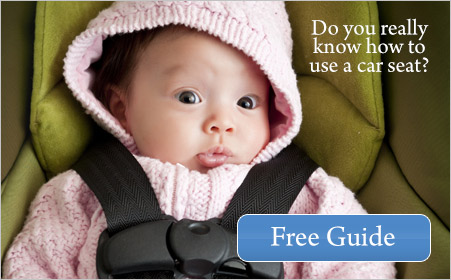
When our children run off to play with their friends on the playground, we like to assume they are safe and will come home in one piece, but that’s not always the case. Playgrounds, especially those that are not well maintained, pose a serious threat; when kids get injured on playgrounds, many different people and entities may be held liable.
If your child was injured on a playground, you will need a personal injury attorney who handles these complex child injury cases, especially if some piece of defective property was fully or partly to blame. While no one wants to take action against a school or public playground staff member or owner, sometimes families have no choice following a playground injury that has left their child seriously and possibly permanently injured.
Most Common Playground Injuries
Slip and falls from playground equipment are, by far, the most common type of injury on playgrounds. Slip and falls from playground equipment may result in several types of injuries including bruises, broken bones, concussions, dislocations, lacerations, and internal injuries that may cause severe bleeding. Internal injuries are particularly dangerous as there may not be any external signs of a severe injury, and the internal injury may not be discovered until several hours or even days after the accident. Poor maintenance or faulty design of a playground also may lead to accidents and injuries.
Liability in Playground Accidents
Determining liability is crucial to playground injury cases. For that reason, it is important to know who owns the playground where the injury occurred. Public park playgrounds are often owned by the city, county, state, or the federal government; playgrounds on schools are normally maintained and operated by public or private school districts. Restaurants that have playgrounds on premises may be legally responsible for injuries that occur in those play areas.
If the playground was poorly designed, the company that designed and installed the playground equipment may be held responsible for injuries resulting from the defective design. In most states, there are minimum safety standards that must be met regarding playground safety, and if it can be proven that those standards were not met, the victim (plaintiff) may be entitled to compensation for any losses suffered.
Beware of Playground Hazards
The United States Consumer Product Safety Commission (CPSC) publishes a handbook on playground safety that lists hazards to watch out for and makes these suggestions when scoping out a playground for your children:
- Guardrails and safety bars are in place: All raised platforms should have guardrails between two and four feet high.
- Activities are age and size appropriate: Preschoolers should not play on equipment higher than six feet; elementary school kids shouldn’t play on anything higher than eight feet. Make sure your children’s playground equipment is age and size appropriate.
- Surfaces must be properly protected: The material beneath equipment should be surrounded by six feet of shock-absorbent material (shredded rubber, wood chips, mulch, or sand)
- Protrusion hazards are absent: Bolts and other sharp objects and edges must be covered.
- No entrapment hazards are present: No openings in playground equipment (including ladder rungs) should be between 3.5 and 9 inches because that’s the size at which a child can fit his head through an opening, but not his body, and end up trapped.
- Proper spacing between playground equipment: Equipment taller than 30 inches should be spaced at least nine feet apart from similar equipment. Swings should be at least two feet from the base and 30 inches from the support structure.















